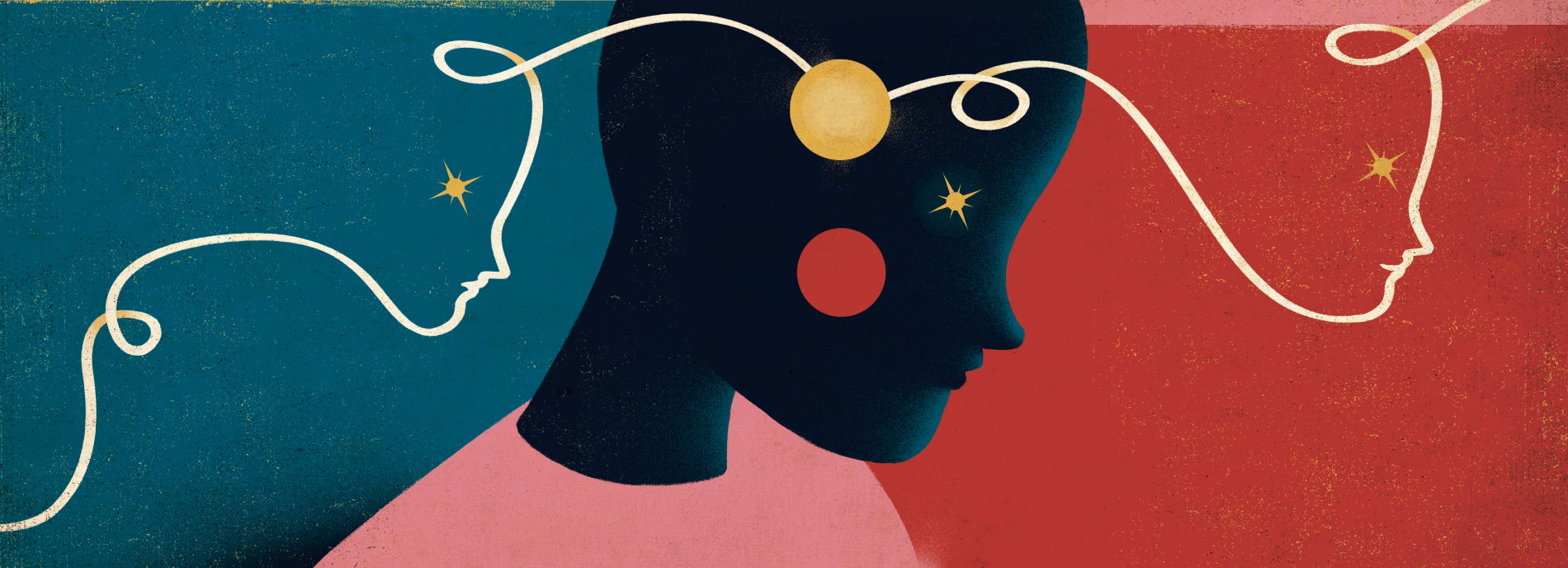Apoorva Mandavilli created Spectrum as an authoritative news source for scientists interested in autism. As editor-in-chief, she oversees Spectrum’s operations.
Before launching Spectrum, Apoorva was senior news editor at Nature Medicine. She also worked as U.S. news editor at BioMedNet, health editor at About.com and was a newspaper and radio reporter. Her work has been featured in The New York Times, The New Yorker online, The Atlantic, Slate and Popular Science, among others. Her article for Spectrum, “The Lost Girls,” won first place in its category in the 2015 Association of Health Care Journalism Awards for Excellence, and is included in the 2016 “Best American Science & Nature Writing” anthology. Another article for the site, on electroconvulsive therapy, also won first place in its category in the 2016 Association of Health Care Journalism Awards for Excellence.
Apoorva has an M.S. in biochemistry from the University of Wisconsin-Madison and an M.A. in science journalism from New York University.




